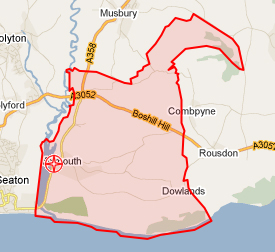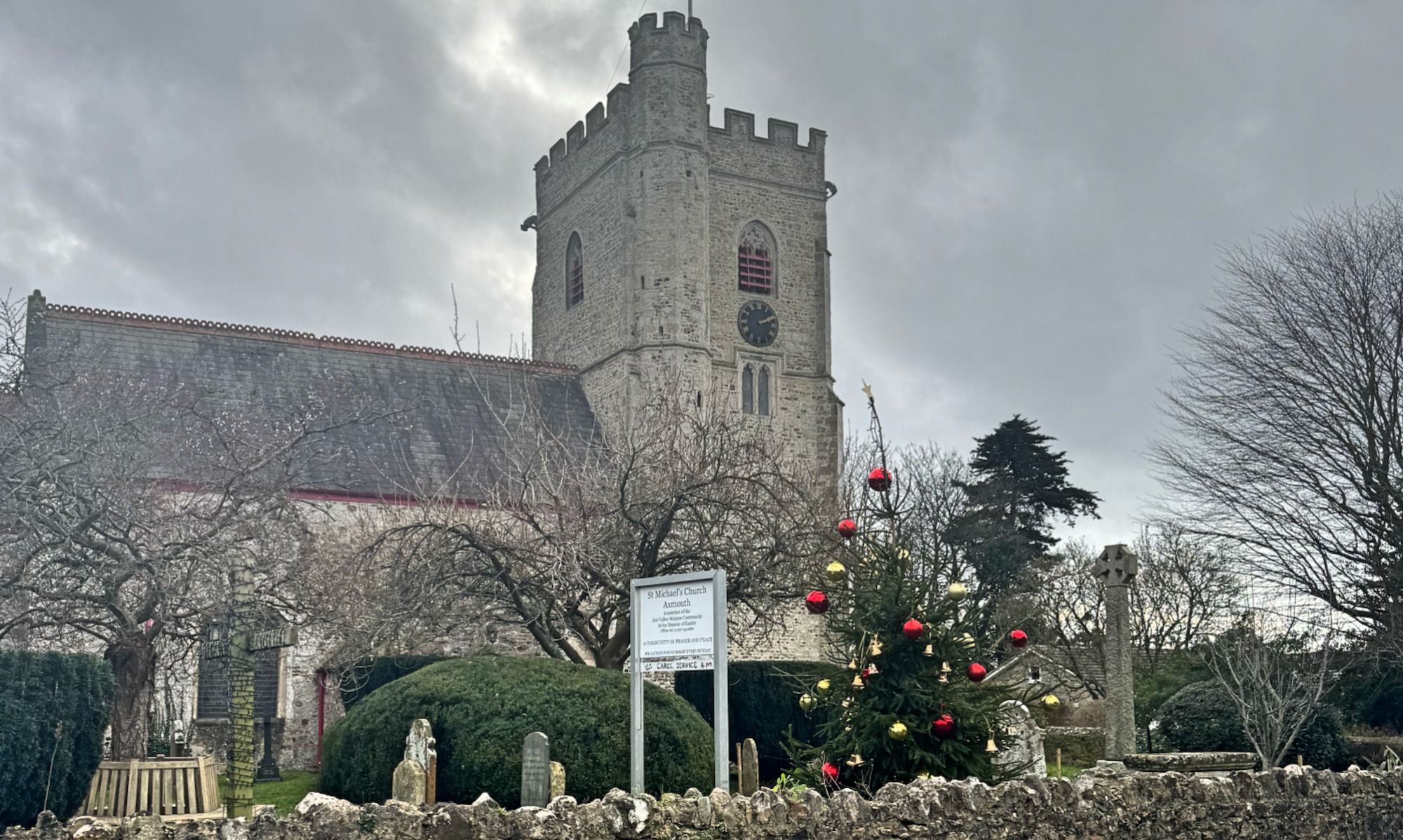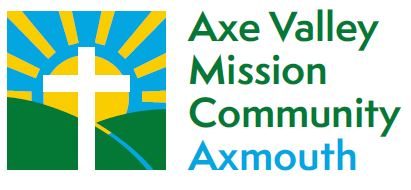From medieval times, the parish boundary was on the seashore at Pinhay; proceeding counter-clockwise, it included Bullmoor and Higher Bruckland, but not Combpyne, eventually crossing the River Axe, and regaining the coast, just west of the harbour.
A new civil Parish Council for Axmouth came into effect in 1894; members were elected and met for the first time early the following year. From that time onwards, the responsibilities of the Vestry Meeting (which itself evolved by 1921 to become the Parochial Church Council) was mainly confined to Church matters, leaving the new Parish Council, accountable to higher levels of local authority to deal with secular issues. The two bodies were to develop in different ways, but, particularly in the early years, the Vicar tended to take an active part in, and often the chairmanship of, the civil council also.
At Charton, which George Pulman, in his Book of the Axe, called Charlton, it is believed that there formerly stood a chapel dedicated to St Leonard, and there are references to this, dated 1417-18, in the archives at Exeter. Much of the land in the area was owned by the Donne family, and some ancient records refer to Charton as Downhumphraville, and Done. No trace of this chapel now exists, but in the Axmouth churchyard boundary wall between the two sections may be seen a memorial placed there to more recent members of the Donne family. These lived at Millmead in 1861, then went away, but returned and stayed there for some ten years in the 1890s.
The parish of Rousdon was ecclesiastically separated from Axmouth, probably at the time of the first Vicar there in 1279. Completely surrounded by Axmouth, it was not a true parish in the full sense, but remained a tithing. Rousdon had a succession of vicars appointed down the centuries, and occasionally one incumbent held the living of both parishes. The name is supposed to derive from Sir Ralph Donne (or Down), and corrupted through Down Rauffe, Rauffe Down, and, finally, Rousdon.
Due to the scarcity of water, available only at great depth, the area had never been populous, and, around the 1860s, consisted of one run-down farmhouse, and a derelict and ruined church. A wealthy tea merchant, Henry Peek MP of Wimbledon, bought the entire parish in 1871, demolished the existing buildings and built a new church and rectory, an imposing mansion, a school, a farmhouse, lodges, and numerous other dwellings to house the many workers now needed. In the mid-1930s, the mansion and estate were sold off, and came to be occupied by All Hallows School, previously at Honiton. The benefice of Rousdon had already been combined with that of Combpyne, and a little later, in 1939, a new civil parish, known as Combpyne-Rousdon, was created; this included the whole of the old Axmouth civil parish which lay east of Rousdon. The ecclesiastical parishes of Rousdon and Combpyne underwent a similar union, leaving the eastern part of Axmouth separated physically from its main portion. The situation continued until about 1980 when the Exeter authorities decided to implement a tidying-up exercise, which finally detached these lands from Axmouth and divided them between Combpyne-Rousdon and Uplyme.

Meanwhile the little church in Rousdon remained nominally functional, but services were held only at Combpyne Church and in the school chapel. Eventually, Rousdon Church was deconsecrated in 1972, even though the churchyard remains open and burials still take place there from time to time. At the time of writing this, early in 1999, the school is no more and the future for the village is far from clear but it is at least possible that the little church there might one day be saved from oblivion.

